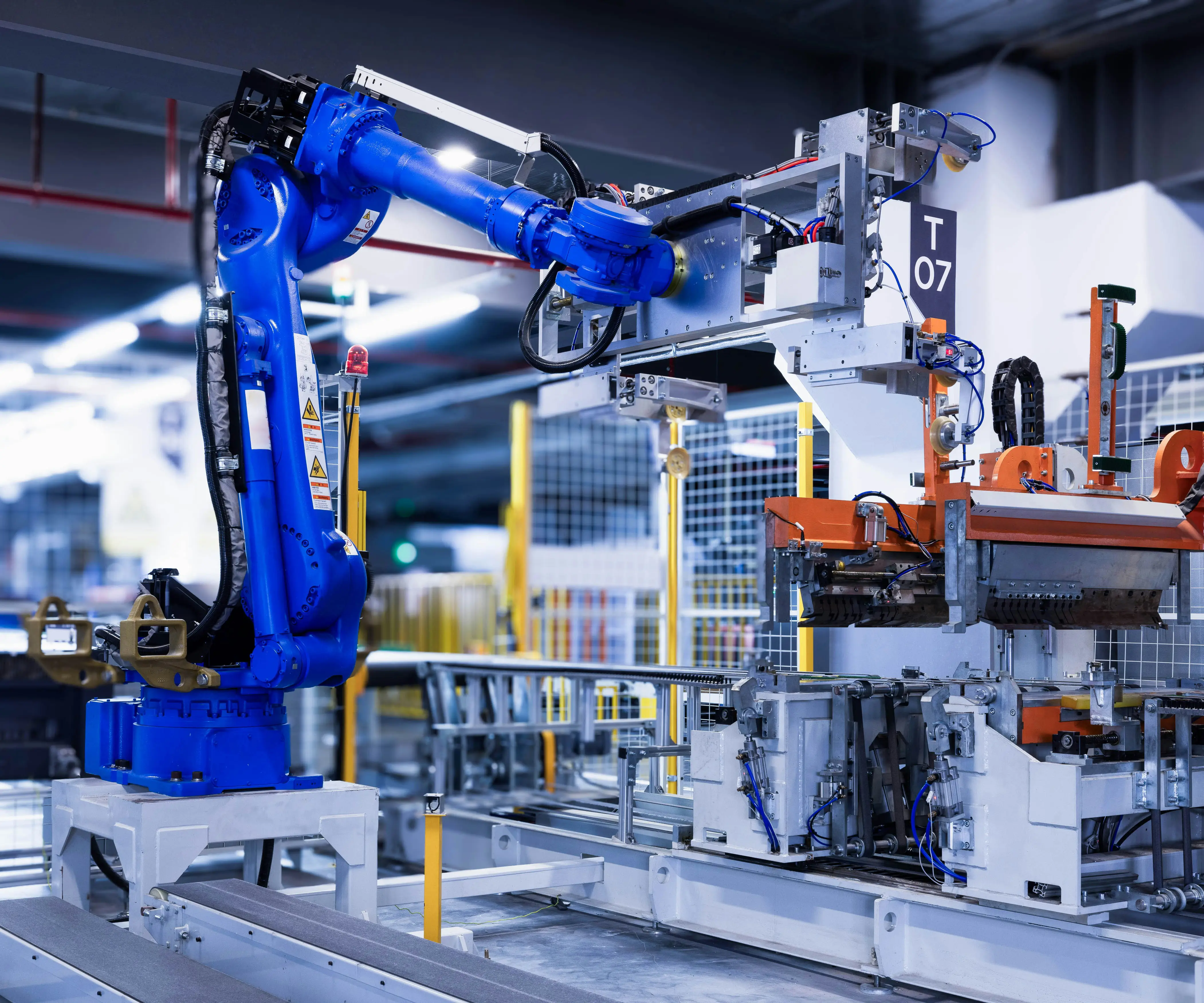Imagine a world where your microservices work together like a well-orchestrated symphony. Each small service doing its thing, but when chaos strikes—say, a payment gateway hiccups or order processing stalls—the entire system could crash if not handled gracefully. Enter the saga pattern—your unsung hero for managing distributed transactions smoothly.

Now, what’s this full form everyone buzzes about? It’s quite straightforward: "Saga Pattern Microservices." It’s a design approach that breaks down complex, multi-step processes into a series of smaller, manageable transactions. Each transaction gets its own dedicated story—hence ‘saga’—and the idea is to make sure, no matter what, everything stays in sync. When a step fails, instead of crashing everything down, it rolls back or compensates, making the whole operation resilient.
Think about eCommerce—you get an order, then payment, then inventory update. If the payment goes through but inventory stalls, a poorly managed system might leave your customer hanging. With saga, that process is choreographed to spot where things went wrong, and to fix it without breaking the whole flow. Essentially, it’s like having a safety net, but for your microservices.
Why is this pattern becoming a staple? Well, because microservices are all about decentralization—each piece operating independently. But independence can be tricky; that’s where saga shines. It simplifies complex data consistency challenges, making deployments smoother and undoing issues more forgiving. Companies that handle massive loads, like booking systems or financial apps, lean on saga pattern mechanisms to keep their systems humming along, no matter the turbulence.
Thinking about the full form—“Saga Pattern Microservices”—it’s more than just cool jargon. It’s a strategic approach that turns chaos into order. Suppose you're designing a system where multiple steps need to be completed atomically but across different services. The saga pattern manages that by coordinating transactions, tracking progress, and rolling back if needed—all without locking everything down or sacrificing speed.
One question that often pops up? “How does it actually work in practice?” The answer: through orchestrated steps or choreography. In orchestrated saga, a central coordinator manages each transaction, like a conductor leading an orchestra. In choreography, each microservice knows when to act and signals others when done. Both methods aim for that perfect harmony where failures are isolated, and the overall system remains functional.
In real life, it’s like flipping through channels—you don’t want every show to be a full reboot if one episode hiccups. A good saga implementation prevents a small issue from derailing the entire series. It’s about creating a seamless experience, even when parts of your microservice ecosystem throw a tantrum.
Thinking ahead, adopting the saga pattern isn’t just about technical correctness. It’s about building trust with users and stakeholders. When a user places an order and gets it without glitches, that’s a win. When your system recovers from errors automatically and promptly, that’s resilience translating into reputation. Every time you avoid downtime, you’re subtly reinforcing your system’s reliability.
So, next time you ponder how to handle complex transactions in microservices, remember that saga pattern isn’t just a pattern—it's a promise of stability in a chaotic distributed world. It's a behind-the-scenes hero making sure your services talk, dance, and recover gracefully, every single time.
Established in 2005, Kpower has been dedicated to a professional compact motion unit manufacturer, headquartered in Dongguan, Guangdong Province, China. Leveraging innovations in modular drive technology, Kpower integrates high-performance motors, precision reducers, and multi-protocol control systems to provide efficient and customized smart drive system solutions. Kpower has delivered professional drive system solutions to over 500 enterprise clients globally with products covering various fields such as Smart Home Systems, Automatic Electronics, Robotics, Precision Agriculture, Drones, and Industrial Automation.




































